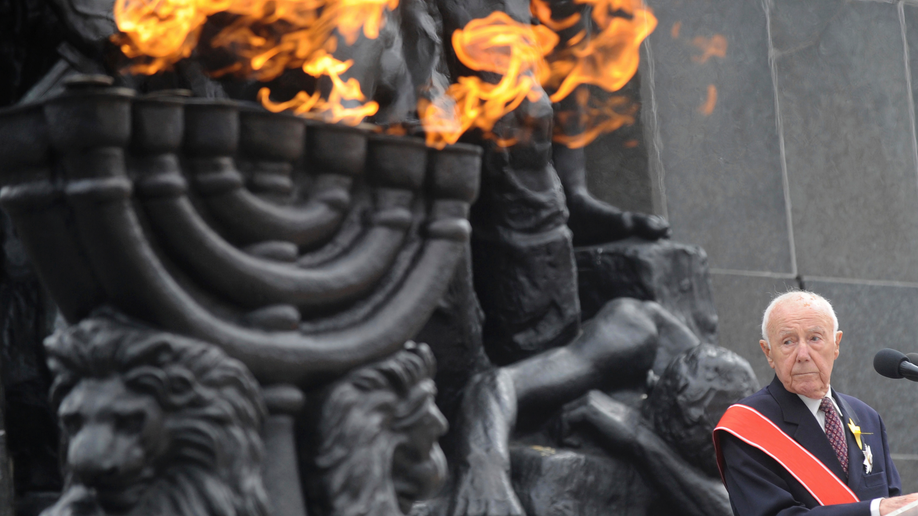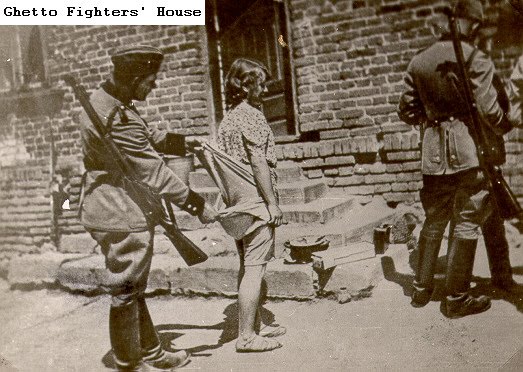

Set in a circle at the end of the alley along with the tombstones, they form a symbolic mausoleum in honour of the thousands of dead buried here. On the sides there are enormous steel baskets filled with pieces of broken matzevot, or Jewish tombstone, brought from various places in Warsaw. 33 of the Jews were forced by German forces to stay in a specific. Walk along the main avenue and you will see sections with sandstone tombstones and plates in front of them. The Warsaw Ghetto, an era and a decision with many dilemmas that no one imagined would face. The Nazis herded hundreds of thousands of Jews, constituting about a third of the population of Warsaw, into a tiny area. Jewish resistance fighters who fought against the SS and German army during the Warsaw ghetto uprising between April 19 and May 16, 1943, are captured. You will learn about Jewish funeral customs and find out why the historic cemetery is now reminiscent of a huge tombstone repository. The Warsaw Ghetto is one of the greatest tragedies of the twentieth century, ending with the Great Deportation to Treblinkas gas chambers at the same time. Warsaw Judaica POLIN Museum of the History of Polish Jews Monument to the Ghetto Heroes Umschlagplatz Jewish Cemetery Jewish Historical Institute Noyk. After the first few days of fighting had elapsed, the Jewish combatants took refuge in bunkers from which they would launch attacks and raids on German units.

unit that suppressed the Warsaw Ghetto uprising. Before you enter the depths of the cemetery learn about its dramatic fate by visiting the exhibition “Bejt almin – the house of eternity,” located in the pavilion at the entrance. The blaze was documented by German propaganda photographers, at the initiative of Jrgen Stroop, commander of the S.S. Founded in 1780 on the initiative of Szmul Zbytkower – the court banker of the Polish king Stanisław August Poniatowski, it was the final resting place for primarily poor Jews. Creation of the Jewish Fighting Organization. Aims of the Jewish Fighting Organization. It is the oldest surviving and largest Jewish cemetery in Warsaw in terms of the number of people buried there. Call to Armed Self-Defense (March 1942) Call to Resistance in the Ghetto (January 1943) Commanders of the Ghetto Uprising.


 0 kommentar(er)
0 kommentar(er)
